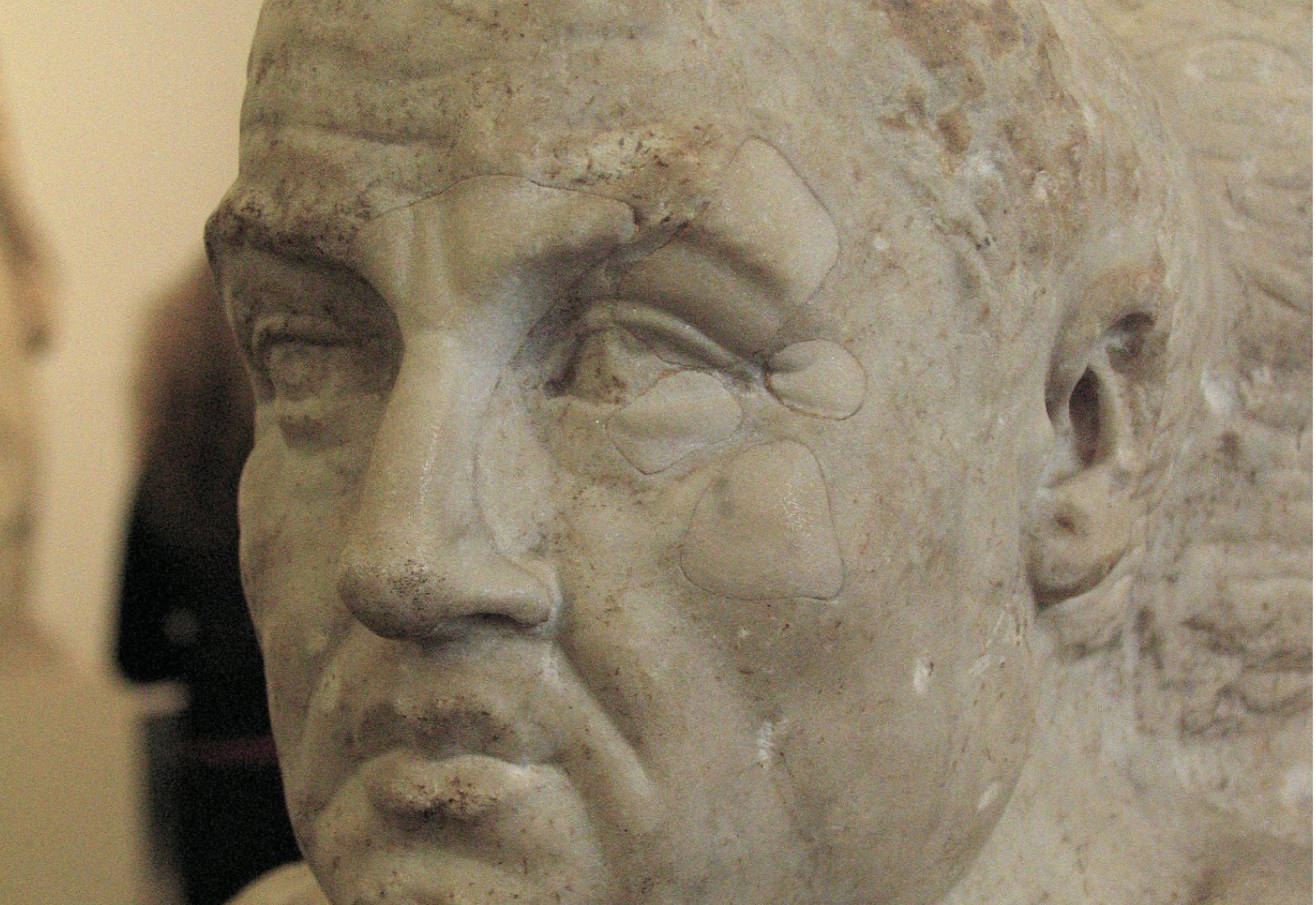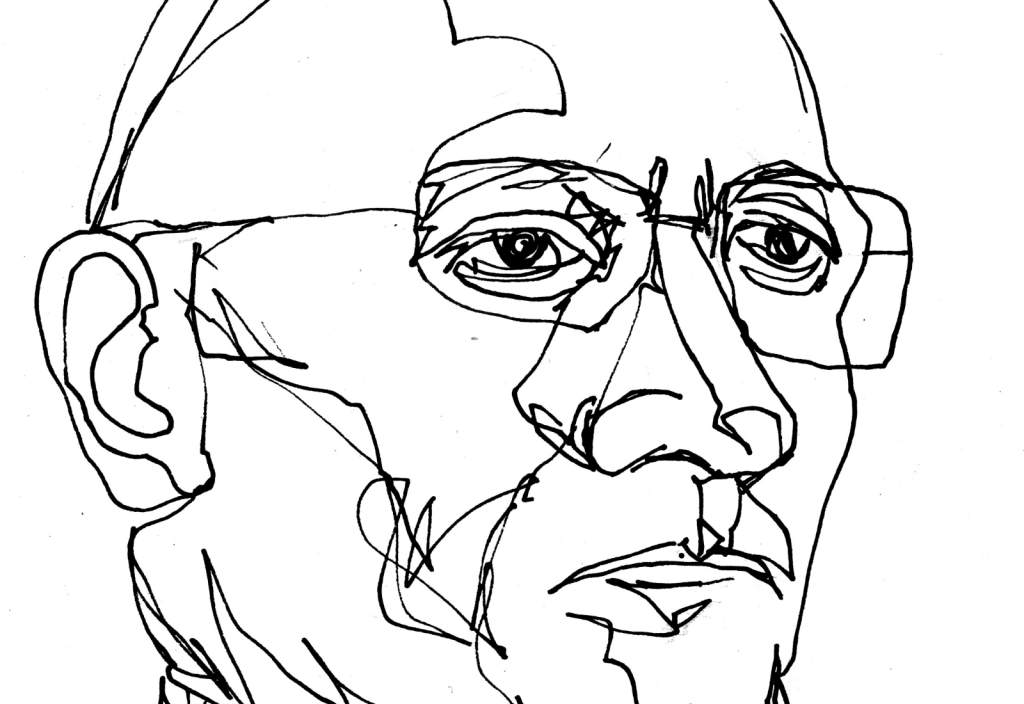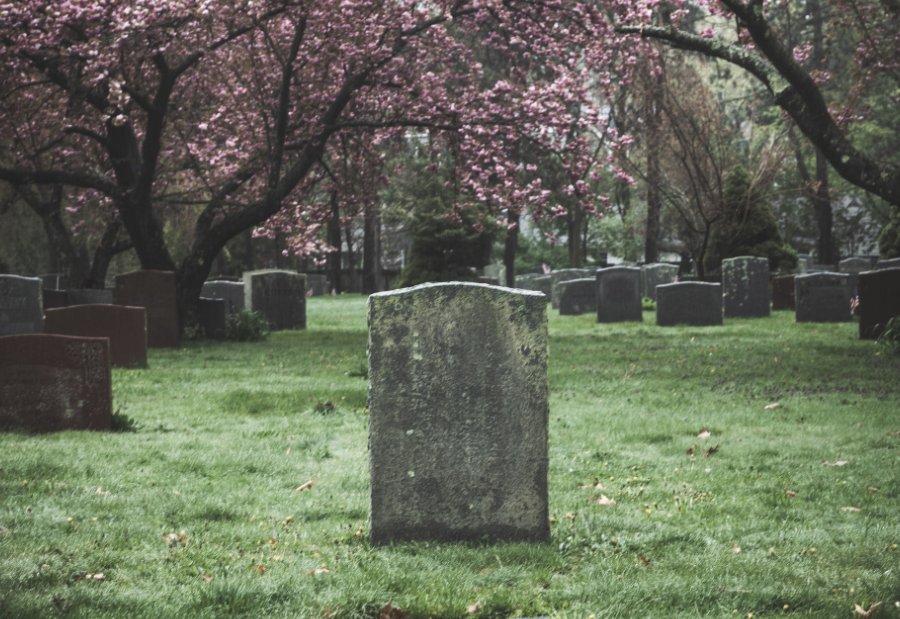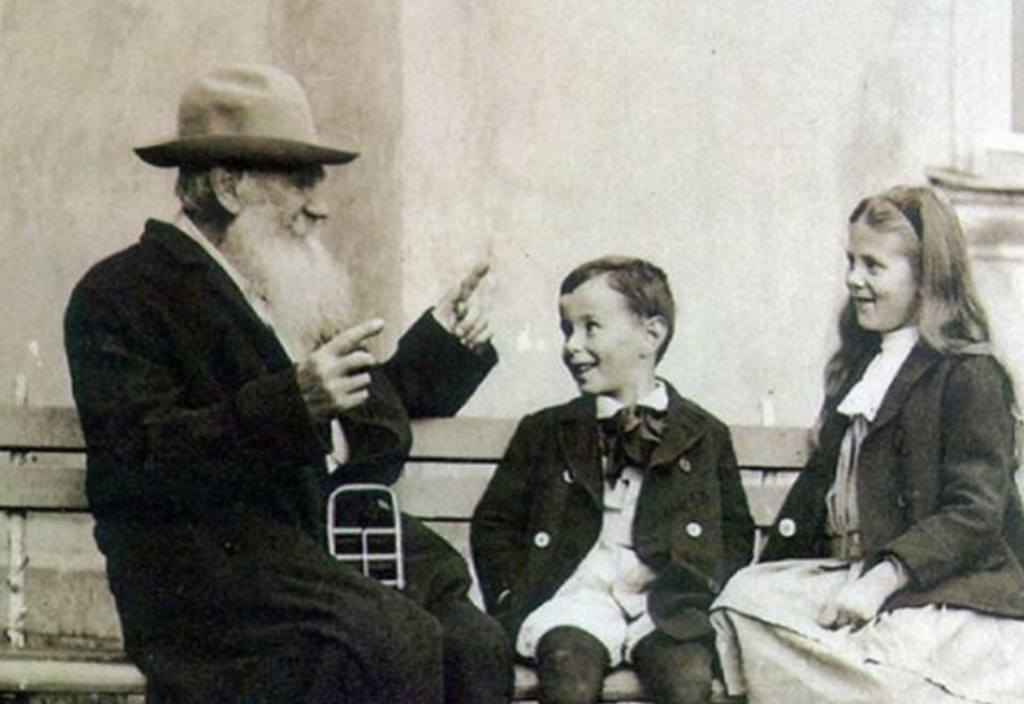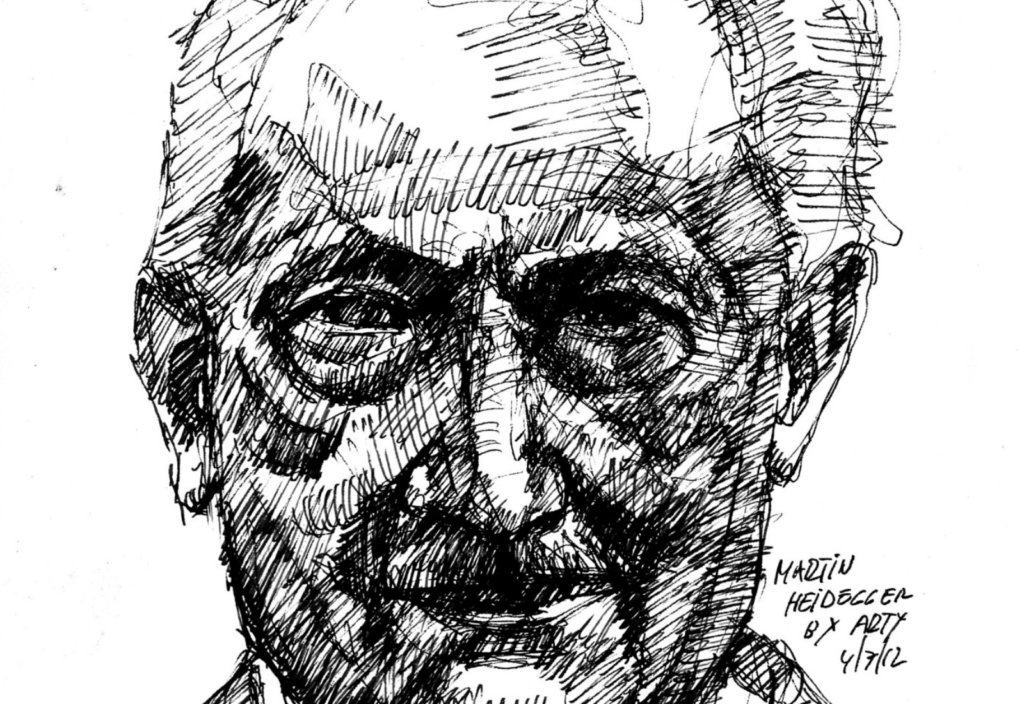Lucius Annaeus Seneca was one of the more notable Roman philosophers. He was born in 4 BCE, which happens to be the same year that serious Bible scholars have long thought Jesus of Nazareth was actually born. He died in 65 CE, which is about when Jesus of Nazareth might actually have died, had he not ran afoul of the Roman authorities and their Jewish clients in Judaea about 30 to 35 years earlier. Jesus was crucified under Pontius Pilate, governor of Judaea, when Tiberius was Emperor of Rome. Seneca was forced to commit suicide when his master, the Emperor Nero, concluded that those around him were political enemies and had to die.
There is a magnificent painting by Peter Paul Rubens of Seneca expiring in his bath, surrounded by his Stoic friends, dying more or less in the manner of Socrates taking his hemlock some 450 years earlier in Athens. The key to both deaths is that they were self-consciously theatrical deaths intended to be memorialised as exercises in dying with dignity. Their relevance to our time is that we are still in the midst of a major and protracted debate about death and choice. Socrates and Seneca are among the more celebrated examples of highly intelligent individuals looking mortality in the eye and choosing the means and timing of their deaths, even if in each case the state (democratic in Athens, tyrannical in Rome) was insisting on the death as such.
Seneca had spent years before 65 CE reflecting on mortality and how a human being ought to think about it; how one should prepare for dying well, rather than seeking by any and all means to avoid thinking about it, to flee from the prospect or bewail it when inescapably confronted by it. James Room, a noted classical scholar, has recently edited and translated a number of Seneca’s key letters and essays on the matter of ‘how to die’. He is the author of a magnificent study of this subject, published in 2014, under the title Dying Every Day: Seneca at the Court of Nero. How to Die: An Ancient Guide to the End of Life was published in 2018 by Princeton University Press and is a thought-provoking little handbook.
Seneca was far from being the only victim of Nero’s growing fear, jealousy and suspicion. Among those who also fell under suspicion as political enemies were the brilliant young poet and republican dissident Lucan and the arbiter of taste at Nero’s court, Gaius Petronius, commonly regarded as the author of the scintillating fragment of a Latin novel called The Satyricon. Like Seneca, who was then in his late sixties, these two much younger men were faced with the choice between free death and execution by Nero’s minions. All three chose suicide. Seneca prepared hemlock so that he could die in the manner of Socrates, but changed his mind at the last moment and chose, instead, a Roman death by opening his veins. Lucan, poet of the civil war that had brought an end to the republic, did likewise. So did Petronius.
But while each of them – and there were many others we won’t digress here to discuss – chose this Roman manner of death with dignity, their attitudes were actually different in interesting ways. Seneca’s, to which we shall return, was philosophical and consistent with things he had written about meeting death stoically. Lucan died reciting lines from his poetry about soldiers of the republic dying at Pharsalus in the ill-fated final battle against the usurper Julius Caesar. Petronius, very much a man of the court, cynical, wry and with a cutting edge to his personality, went down in style, in a way I find memorable. We have only fragmentary accounts of it, from Tacitus and the Elder Pliny, but I distilled them, last year, into a poem expressing my appreciation of the man’s defiant stance as he went down.
Gaius Petronius Arbiter
I’m drawn, as if to a fatal flame,
By the wine cup of Petronius,
Cut at vast expense from deep green stone
And treasured, through an opulent life,
As arbiter of taste at Nero’s court.We know so little of this daring man
Who seems to have written the Satyricon,
And would have lost the tale entire,
Deleted by delators and by time,
If not for snippets in two classic booksTacitus it was who wrote a brief obituary
In mordant praise of this voluptuary;
Noting both the wit and style
Of how Petronius briefly lived
And, even more, the manner of his death.Betrayed, by jealous Tigellinus, to his doom
And seized at Cumae, close to Nero’s court,
He passed his final hours reciting verse;
But sent his savage master, with despatch,
A jewelled dagger of a document – under seal.Recounted therein, by the literate spy,
Were all the debaucheries of the master’s weal:
The secret truth of its depravity.
He thrust this truth into the murderer’s eye –
Then broke his signet ring to seal the deal.The wine-cup tale we owe to learned Pliny,
Who tells us that the dying man of taste,
In a final act defiant of the monster,
Took his cup of deep green fluorspar
And smashed the thing to pieces on the floor.
I relish the manner of Petronius, as the poem makes clear. The more so because of his defiance of Nero and his refusal to adopt a solemn, passive or mournful demeanour.
But Romm makes clear, in his book on the court of Nero, that this purge was a sweeping and highly destructive one: “The fires raged on, consuming prose writer and poet, senator and soldier, moralist and merry hedonist. Rome was scorched clean of all whom Nero or Tigellinus considered threats. It was as though the ekpyrosis, the world-ending conflagration of the Stoics, had arrived but in a different form than expected. Rather than cleansing the world of a corrupt human race, the blaze claimed only the best and brightest, the flowers of Rome’s literary and military officer class.”
Seneca was the moralist here. Romm’s 2018 edition of Seneca’s reflections on how to die is a moral treatise. It’s keynote is that death comes to us all and we live in bad faith if we do not devote serious reflection throughout our lives to the fact that we are mortal and to preparing to die well. Romm heads the five main parts of his little book: Prepare Yourself, Have No Fear, Have No Regrets, Set Yourself Free and Become Part of the Whole. He praises Seneca for having spelled out an attitude towards death and dying “with a candour nearly unparalleled in his time or ours”. He singles out Seneca’s “ringing endorsement of rational suicide” and hallows Seneca’s argument that death is not meaningless but highly important “as life’s final and most defining rite of passage”.
At a time when religious ideologies are strangely resurgent, one of the possible correctives to them is the kind of rationalist Stoicism that Seneca espoused, drawing upon centuries of Greek philosophy dating back to Aristotle, Chrysippus and Zeno in the fourth and third centuries BCE. As Romm points out, the Stoics taught that the enlightened human being cultivates an inner equilibrium, a free cast of mind, in which adherence to virtue and contemplation of nature bring a peace of mind and even happiness that transcends even exile, slavery or torture. Seneca emphasised that under a number of these sets of circumstances, moreover, ‘self-euthanasia’ can and perhaps should be exercised as a release from abuse or suffering.
At a time when religious ideologies are strangely resurgent, one of the possible correctives to them is the kind of rationalist Stoicism that Seneca espoused…
In making his arguments here, Seneca drew not only upon Stoic thought but also upon Epicurean thought. Epicurus had written, in the third century BCE, that the cosmos is made entirely of ‘atoms and the void’ and that once we understand this we will be free from all fear and delusion propagated by the religious ideologues and will see death as simply dissolution of our bodies and the passing back into the stream of all things of the atoms that had marvellously formed our being through its brief flourishing. There will be no lingering afterlife, whether as shade or soul or suffering penitent. We emerge out of the material world and we pass back into it. Seneca upheld this Epicurean doctrine that the vision of Hell – hear this, Israel Folau – was merely an empty fiction and not something that should torment or haunt any of us.
To die well, Seneca argued, is immensely important and was the only thing in life which, since it would occur only once, could not be rehearsed, or refined by repletion, but could and should be prepared for as an integral and rounding aspect of one’s life. During the years in which, grappling with metastatic melanoma, I was teetering on the brink of terminal illness, I had the advantage of being pressed to contemplate this matter. Romm’s little translation of Seneca will be a handy little text for those wishing to do so in the near future.
This article was originally published in the March 2021 edition (vol. 120) of Australian Rationalist.
Photo by Matas Petrikas, Flickr (Creative Commons)

